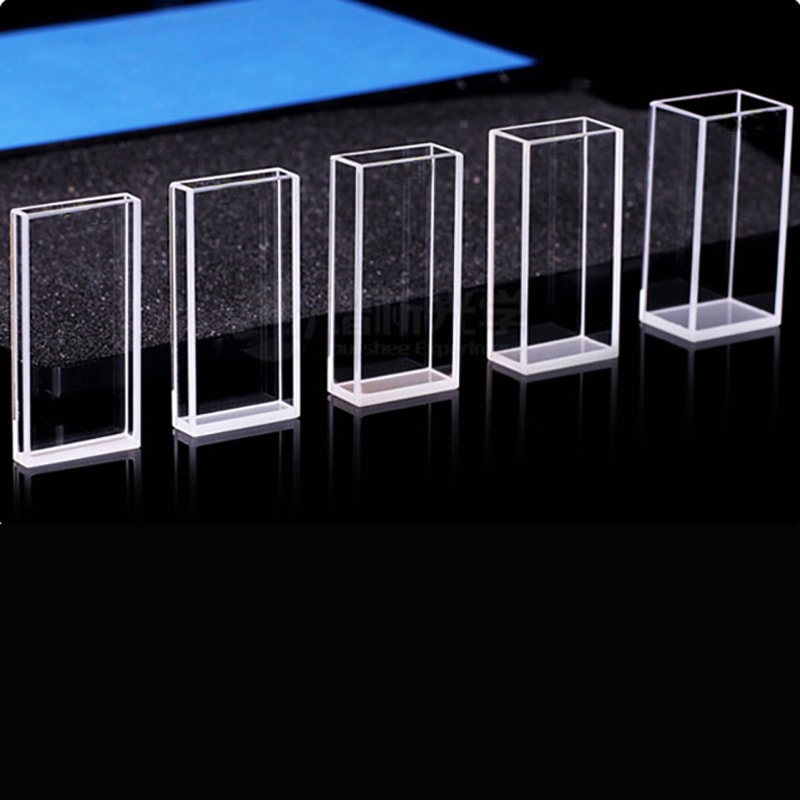Spectrophotometry, which reveals the mechanisms behind light transmission and absorption across particular wavelengths, is an important method of scientific discovery. The cuvette is the heart of spectrophotometry. It’s an easy yet vital container used to keep samples in place for analysis. The cuvette is a small container that might appear simple, yet its features includes the length of the cuvette’s path and material selection, are vital to getting accurate details on concentration and purity. Explore this fascinating universe, where cuvette dimensions and size influence the results of each test.
The Power of Cuvette Path Length
Imagine a beam of light passing through a specimen. The result is based on the length of the path that is taken by the cuvette. This is the distance light travels in the liquid. A lot of labs employ an ordinary cuvette with a 1 cm path. This is the ideal option for balancing practicality and sensitivity. Why is this so important? The longer the path is extended, the greater amount of light is absorbed. This can increase the intensity of dilute samples. A shorter route can make an enormous difference in concentrated solutions like the nucleic acid or proteins. It can reduce the requirement for dilution, while also preserving valuable samples, and cutting down the time needed to prepare. What can you learn from this? It’s an art to match the length of the path to samples’ requirements. This increases accuracy.

Image credit: cuvet.co
Cuvette Dimensions and Size Cuvette Dimensions and Size: There’s More Than You Think
It’s not just about the amount of liquid that will fit inside the vessel. It’s important to consider how it interacts with the spectrophotometer. Cuvettes are available in a assortment of shapes and volumes, each tailored to specific needs. Semi-micro cuvettes, for example, with their smaller dimensions and higher wall thicknesses, are specifically designed to hold small amounts of sample. Think of a few nanoliters, or perhaps a rare biological extraction. Thicker walls lessen the internal space, allowing light to flow through a condensed sample, without loss of one drop. If you compare this to an ordinary cuvette it is a stark contrast: less pipetting steps less errors, and the results are durable. This clever technique proves that size is not just a number but the strategy behind it.
The 1 cm Path Length Cube: A Lab Favorite
Why does the 1 cm path length cuvette reign supreme in so many experiments? It’s perfect for biological tests when samples are scarce and milliliters are a lot. This standard design gives consistently high absorbance without overpowering the detector, making it suitable for everything from DNA quality checks to enzyme assays. This isn’t a perfect solution in all circumstances. If you substitute it for a cuvette having different geometry or length, like one for studies on emission and the results may be wildly distorted. It is crucial to select the right instrument and not one you are most comfortable with. A mismatched cuvette can be compared to a badly tuned instrument.
Material Matters: Beyond Path and Size
Cuvette dimensions are only half the problem. The choice of material makes the difference. Glass and quartz cuvettes are renowned for their excellent rate of light transmission. These cuvettes are durable as well as reusable and suitable for spectroscopy. Plastic cuvettes are also affordable and easy to use. There’s no requirement for cleaning or cross-contamination. Simply take the cuvettes, then dispose of them. For quick aqueous solutions, or DNA and RNA tests, they’re tough to beat. The trade-offs? Low accuracy at certain wavelengths. For those who are a purist, quartz is preferred, while pragmatists may prefer plastic.
Perfect Practice and Precision
Cuvettes can be adapted and flexible. Short path length options paired with spacers tackle concentrated sample with ease, whereas larger vessels can handle more bulky volumes. Each choice of path length, size and material is a ripple that runs through the experiment and affects the clarity of the outcomes. Take a look at a lab that is measuring a rare protein: A semi-micro cuvette with a short path skips dilution headaches, delivering trustworthy results quickly. Contrast that with a reckless switching of cuvettes in the middle of an experiment and you’ll observe that numbers decrease. Small details make the biggest impact in the field of spectrophotometry.
Cuvettes may be small, however their purpose is significant. From the 1 cm path length cuvette to custom dimensions they help bridge the gap between the sample and understanding. When it comes to pureness or concentration, the right cuvette turns an accurate measurement into a superior one-of-a-kind proof of the fact that precision in science starts with the tools on fingertips.